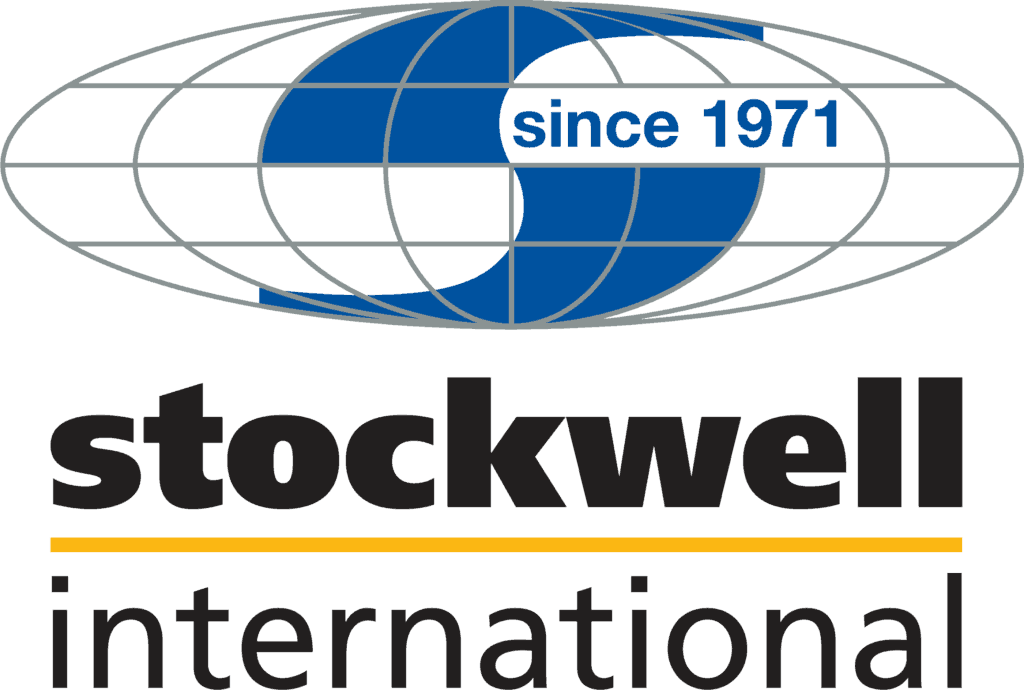I have recently wrapped up several assignments with some very Iconic Australian companies.I have analyzed copious amounts of data and at the end of the day, I find it utterly astounding how much a lack of control still exists on some of these supply chains. This can be in the form of CIF shipping or even when a third party in another country has control over purchasing or order and shipping direction.
Back in the day CIF was a common shipping term, it was easy, marine insurance was included, paperwork was done and cargo turned up when it was supposed to and no one was really paying too much attention to costs on the Australian side.Freight rates were relatively high and the market for CIF and LCL shipping was at an all time high, and it was cost effective. A combination of the introduction of the World Wide Web, quicker access to information, higher local costs in China and the much lower freight rates meant the entire landscape of CIF shipments changed. Free freight was being offered as an incentive to LCL and CIF shipping, but customers were being abused with very high port charges, so the shippers could make money somewhere along the supply chain.
Don’t get me wrong, CIF works splendidly with specific supply chains on certain trade lanes, but not ALL.Sometimes your supplier dictates CIF Terms, which can be due to poor vendor management.Sometimes it’s a company’s international head office dictating direct shipments CIF and sometimes it is just because staff know no other way.
From the data I have just spent over 6 months analyzing, every one of the examples mentioned above, is costing Australian supply chains. Somewhere along that supply chain there is a disconnect between the supply chain managers, vendors and purchasing. All of which should be reviewed.
It would be prudent to any supply chain incorporating either CIF shipments or who are dictated terms by another party, to completely look at their costs and better ways to ship. A head office may want to control your freight, but do they understand the costs on the Australian port?
The data revealed that one company had so many orders happening both FCL and LCL (under all different shipping terms), the CIF LCL was missed and so was the opportunity to consolidate. 48 LCL shipments that year were sent; however if shipped with the other FCL moving FOB, they could of saved AUD76,000. This was all because the shipper was sending large LCL shipments whenever they wanted to and not waiting for other orders to consolidate or just sending goods as LCL and not FCL.
For more information on a consultancy or for Stockwells to review your supply chain or costs please contact [email protected].

